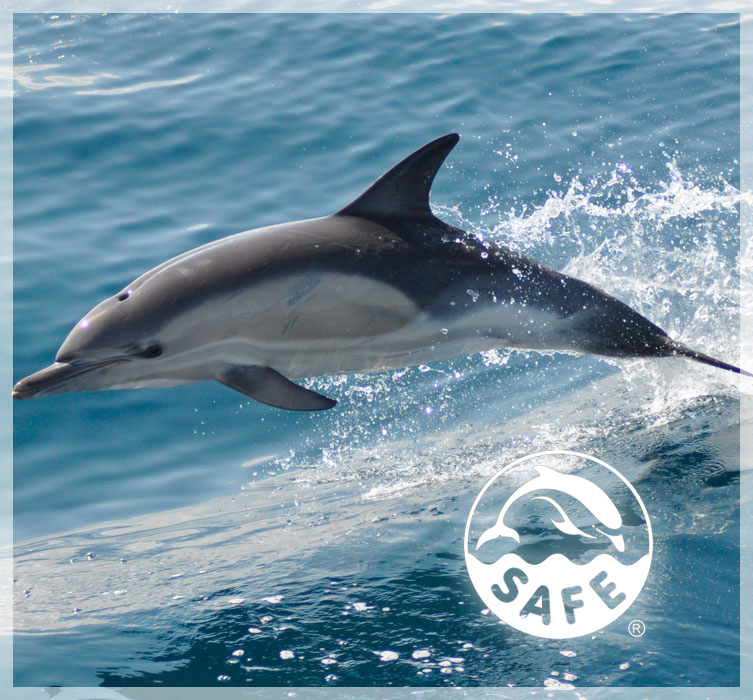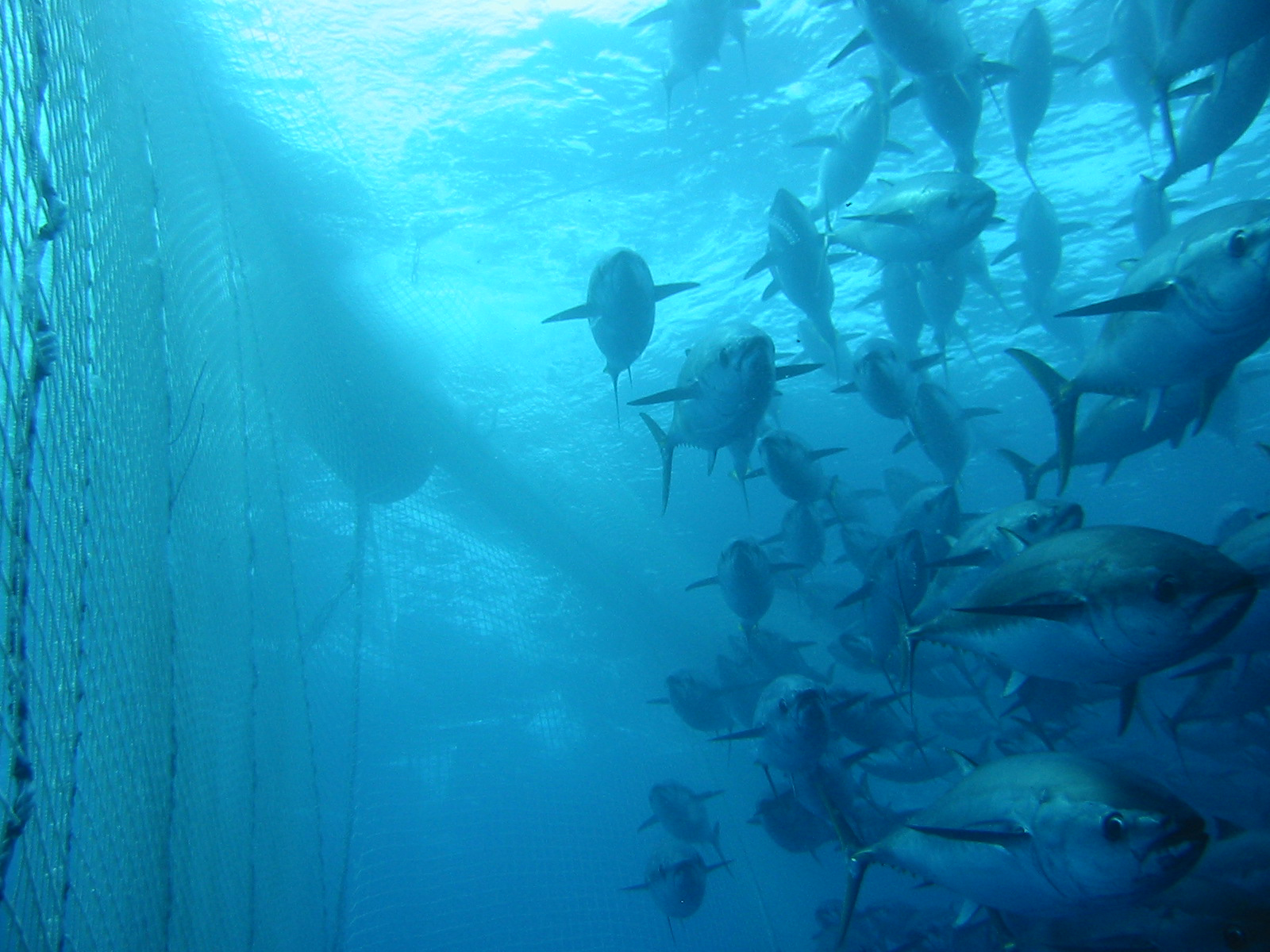Dolphin Safe Fishing

THE PROBLEM
For decades, dolphins in the Eastern Tropical Pacific Ocean were intentionally
chased and netted by tuna fishermen to catch the tuna that swim beneath dolphin
schools. More than seven million dolphins were killed by the purse-seine tuna fleets,
the largest killing of marine mammals in history.

OUR ACTION CAMPAIGN
In 1988, we provided the world with the first video footage of dolphins dying
in tuna nets. In 1990, we established the Dolphin Safe tuna program,
setting the worldwide standards to stop the chasing, killing and setting of nets
on dolphins. More than 95 percent of the world’s tuna companies are now
committed to Dolphin Safe fishing practices, and the Dolphin Safe label is now
on canned tuna in markets throughout the world. We maintain the International
Dolphin Safe Monitoring Program, with monitors covering more than 800 companies
in 76 countries around the world, to ensure that tuna is caught without chasing
or netting of dolphins. Dolphin deaths in tuna nets have declined
by 99 percent since 1990.

CURRENT CHALLENGES
Mexican, Venezuelan, and Colombian tuna fleets continue to chase,
net, and drown thousands of dolphins annually. Mexico is fighting to overturn
the Dolphin Safe tuna label, going to the World Trade Organization and the U.S.
Congress to change U.S. laws so they can falsely label their tuna—stained
by the blood of dolphins - as Dolphin Safe. And, to the surprise of many,
the Marine Stewardship Council falsely certified Mexican dolphin-deadly fisheries
as “sustainable". Earth Island Institute is working to address each
of these issues, as well as bycatch of non-target species in tuna nets
and in stopping fishermen from killing dolphins for shark bait.
Refer to : - http://savedolphins.eii.org/campaigns/dsf